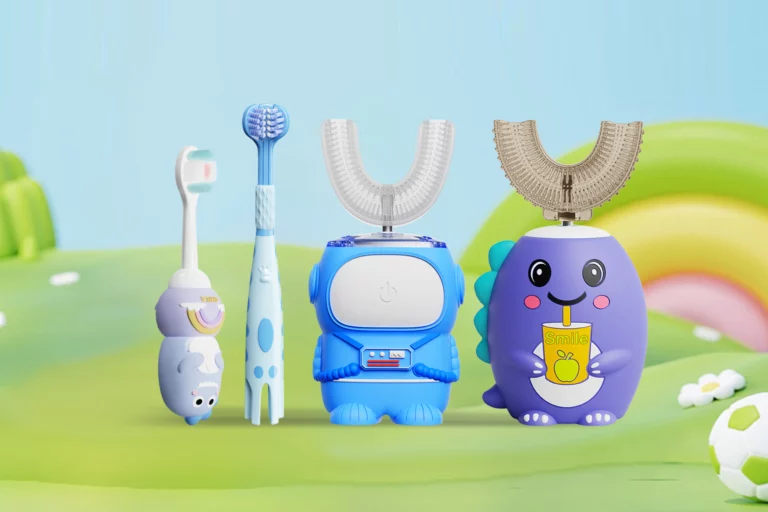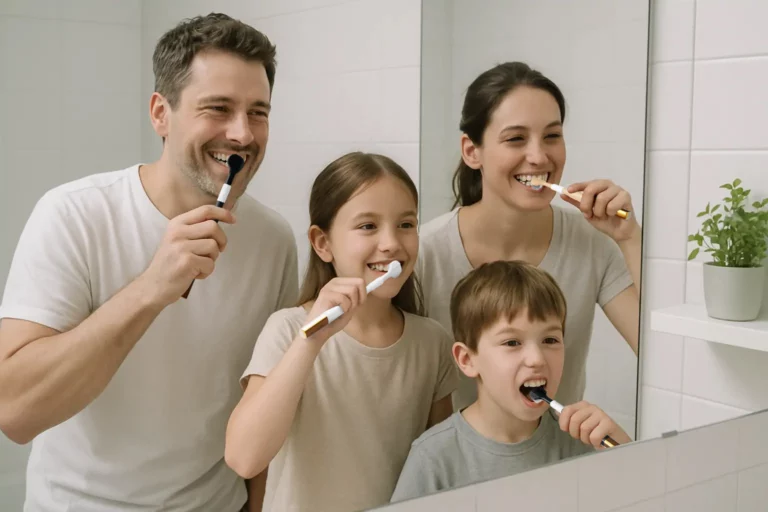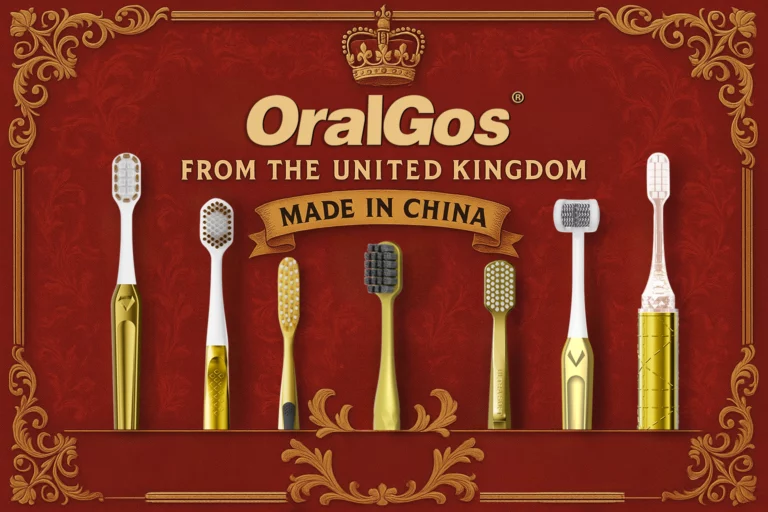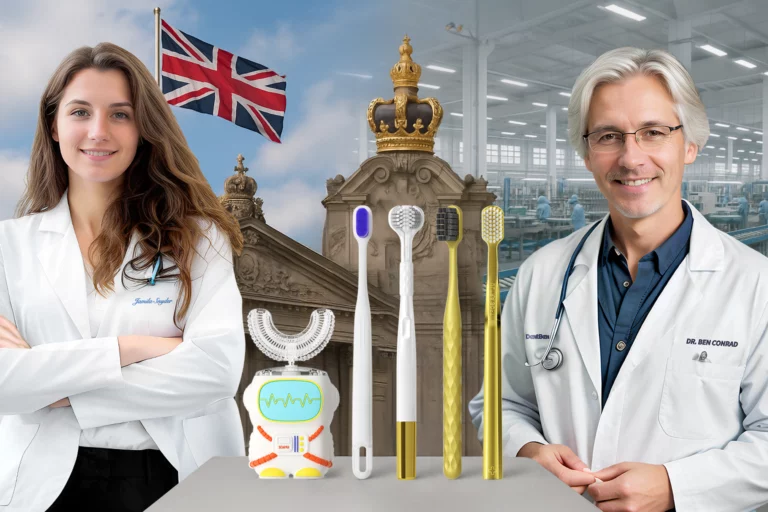When you source electric toothbrushes from OEMs, making the right choices is important. It can decide if your product succeeds or faces costly problems. With global demand for oral care solutions on the rise, many brands are looking to launch their own OEM electric toothbrush lines.
First-time and experienced buyers often make common mistakes. These mistakes can delay timelines, increase costs, or lower product quality.
To help you avoid costly missteps, here are the top 5 mistakes to steer clear of when sourcing an OEM electric toothbrush.

1. Choosing a Factory Without Verifiable Experience in Electric Toothbrush Manufacturing
One of the most critical errors is working with a factory that lacks specific experience in electric toothbrush production. Some suppliers may have a wide range of products. However, not all are specialized or meet the strict standards. These standards include technology, motor quality, battery safety, and waterproofing.
Tip: Ask for case studies, client references, and third-party audit reports. Focus on suppliers that have certifications such as ISO13485, FDA, and CE. Give special attention to those with experience in regulated markets like the U.S. and EU.
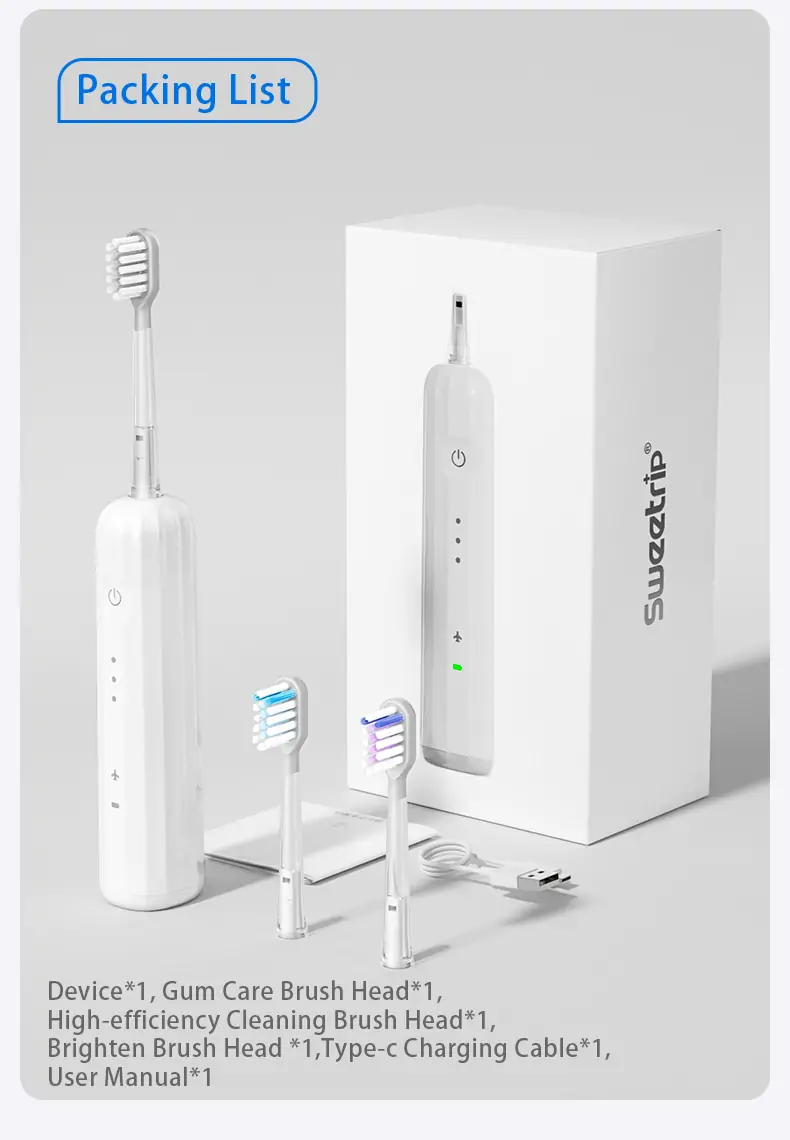
2. Focusing Only on Price Instead of Total Value
Many buyers fall into the trap of chasing the lowest quote. While price matters, it shouldn’t come at the cost of product durability, design aesthetics, or end-user satisfaction. A low-cost unit that leads to customer returns or one-star reviews can damage your brand’s credibility more than you think.
Tip: Evaluate the total cost of ownership—including after-sales service, warranty support, packaging, and logistics. A slightly higher upfront cost often results in better long-term profitability.
3. Neglecting to Validate Compliance with Target Market Regulations
Each target market has its own set of regulatory standards. If you are targeting North America, the EU, or the Middle East, non-compliance can cause problems. It can lead to shipment rejections, fines, or product recalls.
Tip: When choosing a supplier, check if they know the required certifications. Also, ask if they can provide test reports from trusted labs like SGS or TUV. Don’t rely solely on verbal promises, ask to see current, matching reports.
4. Lack of Clarity in Product Specifications and Branding Requirements
Ambiguity kills efficiency. If you are unclear about motor RPM, brushing modes, battery capacity, or app needs, misunderstandings can happen. The same goes for logo placement, color matching, or packaging specs.
Tip: Prepare a clear OEM brief that includes detailed product specs, packaging mockups, expected certifications, and delivery timeline expectations. This reduces revision rounds and helps your supplier quote accurately from the start.
5. Not Conducting a Factory Audit or Pre-Shipment Inspection
Skipping audits or third-party inspections is like flying blind. Even if your supplier looks reliable on paper, without physical verification, you’re assuming unnecessary risk.
Tip: Hire an independent third-party like Intertek or QIMA to audit the factory and perform pre-shipment inspections. These services are affordable compared to the potential losses from receiving non-compliant or defective stock.
Final Thoughts
Electric toothbrush OEM sourcing must be a guessing game. By avoiding these common mistakes, you will be in a better place to create a quality product. This product will meet compliance standards and satisfy your customers. Whether you’re sourcing your first batch or scaling up, careful due diligence can make or break your project.
Ready to explore reliable sourcing options for your electric toothbrush brand? Click here to view our OEM capabilities or submit a sourcing inquiry now.


